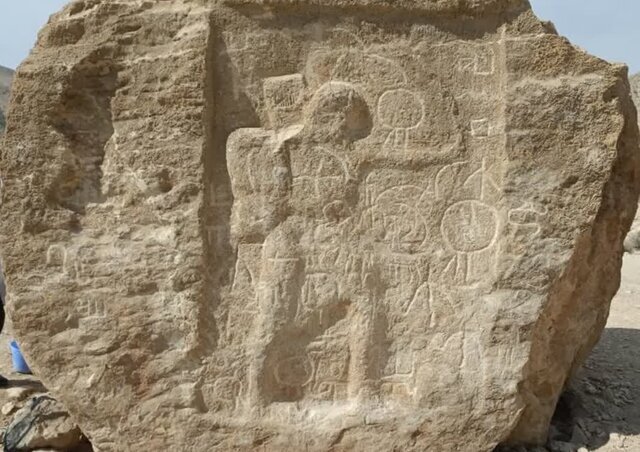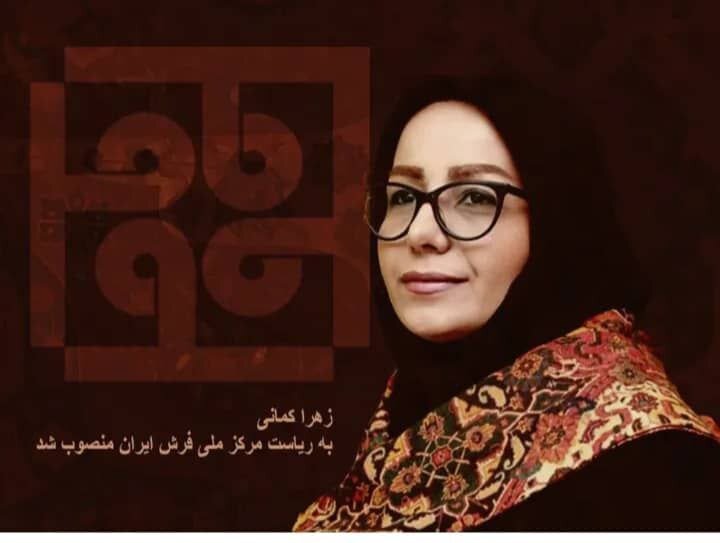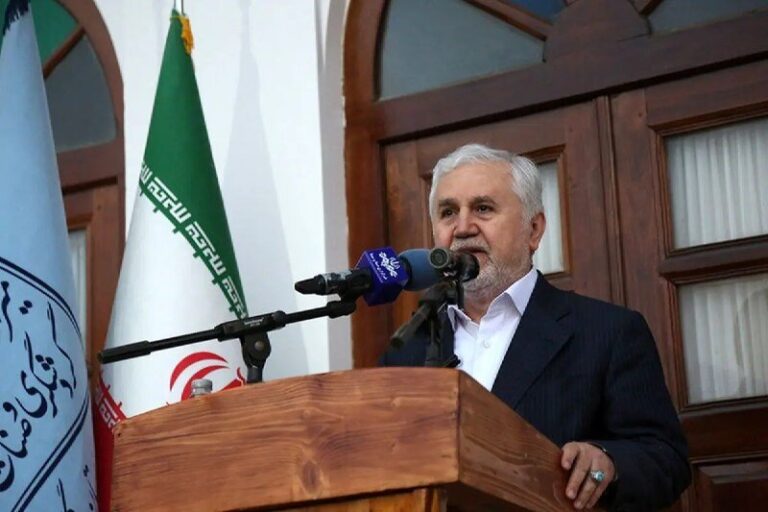Discover Dehloran: A Treasure Trove of Ancient Settlements and Timeless Tales
Dehloran, a remarkable region in western Iran, boasts a rich history that dates back to prehistoric times. This area has been a cradle of civilization, as highlighted by Habibollah Mahmoudian, a faculty member at Islamic Azad University of Ilam. According to his insights, the significance of Dehloran lies in its archaeological findings, which reveal a deep connection to early human life and development.
During the Proto-Elamite era, numerous artifacts emerged, indicating that the inhabitants of Dehloran were among the early settlers of this land. Excavations in the region have uncovered evidence that humans lived and thrived in and around Dehloran approximately 8,000 years ago. They successfully domesticated livestock, including sheep and goats, showcasing their advanced agricultural practices.
Dehloran was not only a residential area but also recognized as a cultural and economic hub during this period. This era coincides with the Ali-Kosh era, renowned for its pre-pottery civilization. The ruins found at Ali-Kosh hill indicate that early humans inhabited the region long before the advent of pottery.
Other ancient sites, such as Choghamish, Tal Bakon Fars, and Goodin Tepe, were contemporaneous with Dehloran. Additionally, areas like Bayat in Dehloran and Meymeh in Zarrinabad also saw human settlements during this time.
Key Developments in Agriculture and Livestock Breeding
Mahmoudian further elaborated on the agricultural advancements in Dehloran. He stated that archaeological evidence suggests that between 5,500 and 7,500 BC, the people of Dehloran began cultivating various vegetable seeds such as:
- Barley
- Lentils
- Mung beans
- Flax
- Wheat
These developments illustrate the establishment of the first settlements and the domestication of livestock in the region. The findings from archaeological excavations conducted by Kent Vaughn Flannery and Frank W. Hull in 1961 on the hills of Ali Kosh, Cheghasefid, and other ancient sites corroborate these advancements.
The emergence of villages during this period signifies significant progress in architecture and social organization among the people of that era. Dehloran played an essential role in fostering agricultural practices, animal husbandry, and early architectural innovations.
With its wealth of ancient monuments, Dehloran stands as a testament to the remarkable achievements of early civilizations and their societal progress. Abdolmalek Shanbehzadeh, the provincial tourism chief, also emphasized the importance of Dehloran plain as a vital archaeological site in Iran.
Challenges and Historical Context
Despite its historical significance, the Dehloran plain has faced numerous challenges. The onset of the Iran-Iraq war (1980-1988) and subsequent land leveling for agricultural purposes over the past two decades have resulted in extensive damage to ancient sites across the plain, as explained by Shanbehzadeh.
The Dehloran plain is particularly noted for its archaeological excavations, which have shed light on the origins and evolution of sedentary agricultural villages and towns. Surveys conducted in the area have also documented settlement history extending into the modern era.
As a relatively small and remote rural area, Dehloran has been influenced by various political, economic, and technological developments in its neighboring regions, including Khuzestan, the Zagros Mountains, and Mesopotamia. According to the Iranica Encyclopedia, the region has been under the political control of various kingdoms since the 3rd millennium BC.
While no cuneiform texts have been discovered at Dehloran sites, the prominent mound known as Tepe Musiyan is believed to be associated with the ancient city of Urua, an Elamite city referenced in Mesopotamian texts.
Dehloran has historically served as a vital trade route connecting the Zagros Mountains to Mesopotamia. In the 1st millennium BC, it was part of the route linking the Achaemenid capitals of Susa and Ecbatana.
From the 18th century onwards, Dehloran has also been recognized as a winter resort for local tribes, highlighting its continued significance in the region’s cultural and social landscape.






